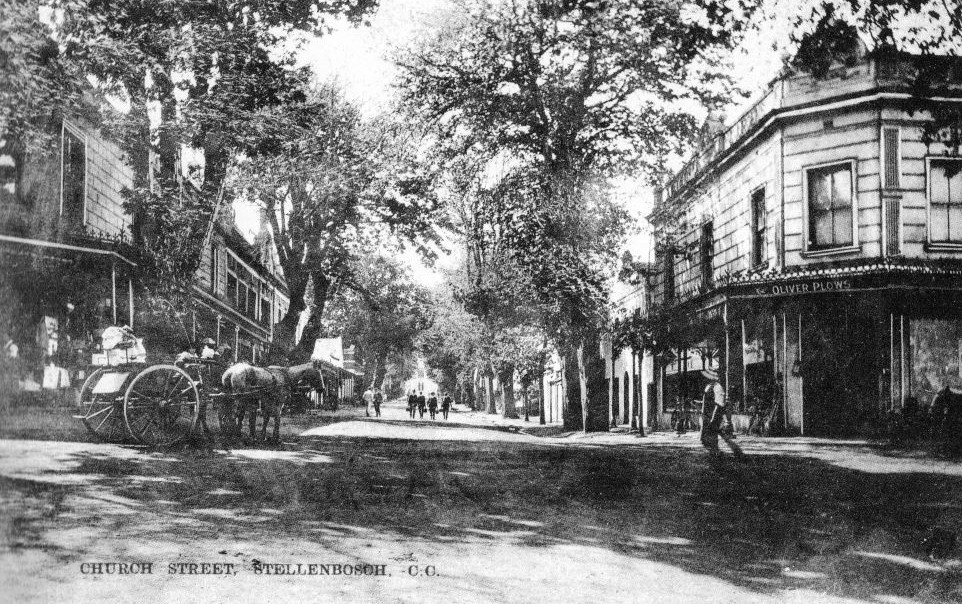In the year 1679, a new governor arrived in the Cape, and his name was Simon van der Stel. He was said to be an ambitious and determined man, who quickly set about expanding the realm of the Cape.
Van der Stel’s first imperative was to break away from the Dutch East India Company’s previous policy of keeping the free burghers within a day’s ride from the Castle of Goodhope.
Van der Stel rode out from Cape Town, and scouted for suitable new farmlands. He found them along the banks of a river, which he appropriately named the Eersterivier (First River), and later granted land to farmers interested in settling there. He eponymously called the place ‘Stellenbosch’ – which means ‘Van der Stel’s forest’.
The fertile land around the Eerste River quickly drew many farmers to the remote area.
According to SA History, it officially became a village in 1862, and in 1685, it became the country’s second magistracy, with an authority that extended over 25 000 square kilometres of yet unexplored interior. Stellenbosch is therefore the second oldest European town in South Africa.

Thanks to the ready supply of fresh water, the village of Stellenbosch flourished and abundant crops began to spurt out of the rich soil. The streets were lined with young oak trees, which grew stately, along with the aspirations of the town’s inhabitants. Solid Cape Dutch houses, with graceful gables, were built all over the valley, and irrigation furrows provided the town’s folk with water for their ambitious gardens. Educational institutions were set up as early as 1683, and Stellenbosch is now home to one of the Cape’s most important universities.
Despite several debilitating fires, Stellenbosch continued to thrive over the centuries and, today, it is one of the best preserved 18th century towns in South Africa.
Several French Huguenots settled in Stellenbosch in 1690 and planted grapes that made Stellenbosch the centre of South Africa’s wine industry. Stellenbosch became a key education hub from 1859, when the Dutch Reformed Church opened a seminary. The establishment of University of Stellenbosch in 1918 represented the culmination of Stellenbosch’s reputation as an educational centre.
During the second South African War of 1899 to 1902, Stellenbosch served as a British military base. The expression “to be Stellenbosched” came into being for officers who had not distinguished themselves on the field.
Source: SA History
Picture: Anna Basson Properties

